Hits: 24
Canon has announced a milestone for the EOS portfolio: the EOS R3 is on the way – a professional CSC with full frame sensor and high speed. Also new: three professional RF lenses.
After Sony presented the first high-end system camera in the full-format segment with the Alpha 1 and Nikon followed suit with the announcement of the Z 9, Canon is now also entering the high-priced CSC professional class. Similar to the Canon EOS R5, the current flagship in Canon’s R system, the message is initially just an announcement with rough camera data – but it already arouses a lot of anticipation. Canon is targeting sports, wildlife and news photography with the new EOS R3 and is placing the novelty as a hybrid camera between the EOS-1D X Mark III and the EOS R5.
The EOS R3 will have a multi-layer, back-illuminated full-format sensor and the Digic-X processor. When the auto focus tracking is activated, the camera should be able to record up to 30 images per second – a professional feature that we are already familiar with from the Sony Alpha 1.
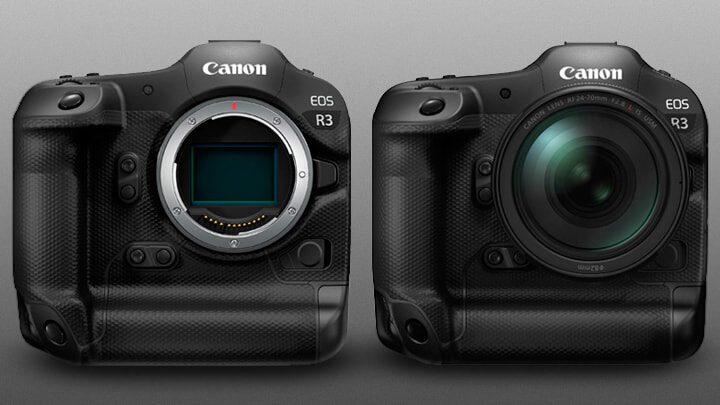
In addition to eye, head and body recognition with dual-pixel CMOSAF technology, Canon is bringing eye control autofocus back to life. Canon introduced this function back in the 1990s, for the first time with the analog Canon EOS 5. The now announced EOS R3 will be the first digital EOS to feature this feature in an improved version. Eye Control AF allows you to control the autofocus field by looking through the viewfinder: the EOS recognizes where you are looking and automatically focuses on this point. We are excited to see how well the function works and how useful it will be when taking photos – especially since Canon decided in the past to remove the function from its portfolio.
The housing of the professional camera is vibration and shock resistant and also offers protection against dust and splash water. Similar to the cameras of the EOS-1D series, the EOS R3 has an integrated portrait format handle.
Canon Mobile File Transfer app
Another novelty is the connectivity of the camera and the Canon Mobile File Transfer app. Canon plans to launch version 1.2 of the app for iOS in June, with which the three cameras EOS-1D X Mark III and the EOS R5 and R6 should be compatible. An Android version of the app will follow at a later date.
As usual with an initial development announcement, Canon has not yet given any information on availability and price. In view of the placement of the R3 in the camera portfolio, we are assuming a new price of around 6,500 euros.
Canon RF macro with magnification
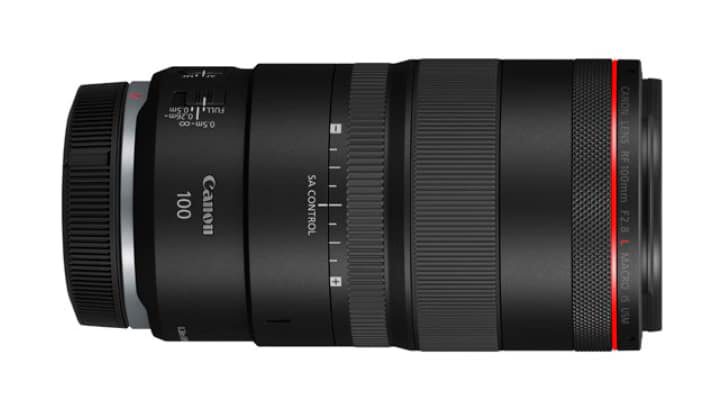
In addition to the EOS R3, Canon presented three new RF lenses at the same time. Among them is the RF 100 mm f/2.8L Macro IS, the first macro lens for mirrorless full-frame cameras from Canon. The main feature of the professional L-series lens is an above-average magnification factor of up to 1.4: 1. In addition, the lens offers a variable setting ring to control the spherical aberration, i.e. foreground and background bokeh can be individually adjusted in appearance.
Nine diaphragm blades, paired with a short focus limit, should enable a harmonious background blur. The integrated image stabilizer should compensate for up to five exposure levels (according to the CIPA standard). Canon would like to guarantee fast autofocus with two nano USM motors. The RF 100 mm f/2.8L Macro IS USM will be available from the end of July for 1,549 euros.
Professional RF telephoto lenses
In addition to the 100 mm fixed focal length, which is primarily suitable for macro, human and still life photography, Canon also has something new for professionals in the wildlife and sports sector. In line with the announced EOS R3, Canon has introduced two high-priced Telefest focal lengths: the RF 400 mm f/2.8L IS USM and the RF 600 mm f/3L IS USM. In terms of optics and mechanics, the two lenses are based on their two DSLR equivalents, the EF 400 mm f/2.8L IS III USM and the EF 600 mm f/4L III USM.
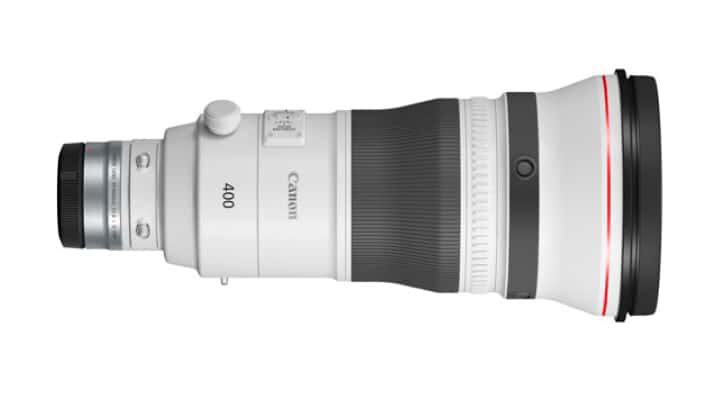
Nevertheless, Canon expects a significant increase in performance and refers, among other things, to the possibility of being able to set the lenses in 1/8 f-stops. The integrated image stabilizers should compensate up to 5.5 f-stops. In addition, two ring USM autofocus motors should enable even faster focusing. The lenses also have three manual focusing speeds and two storable focus settings. With a price of 12,999 euros (RF 400 mm f/2.8L IS USM) or 13,999 euros (RF 600 mm f/4L IS USM), the two lenses available from August, similar to the EF sister models, are aimed exclusively at professionals.
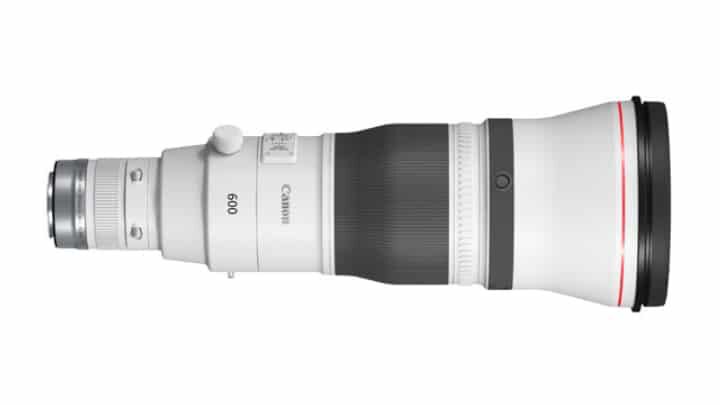
Strong new ideas
It is still a while before the lenses and especially the new EOS are available, but we are already looking forward to the test and will report our personal impressions as soon as possible.

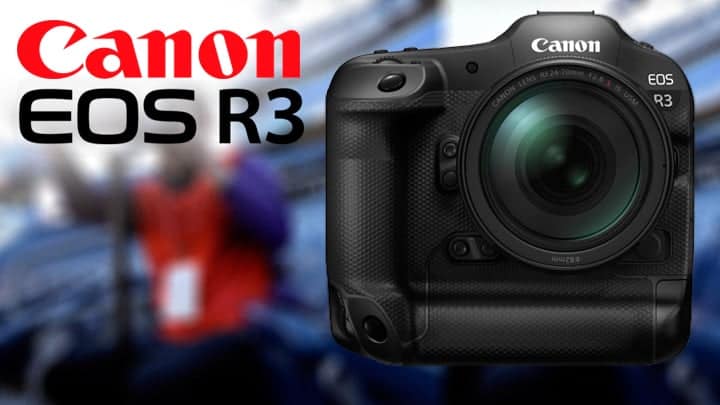

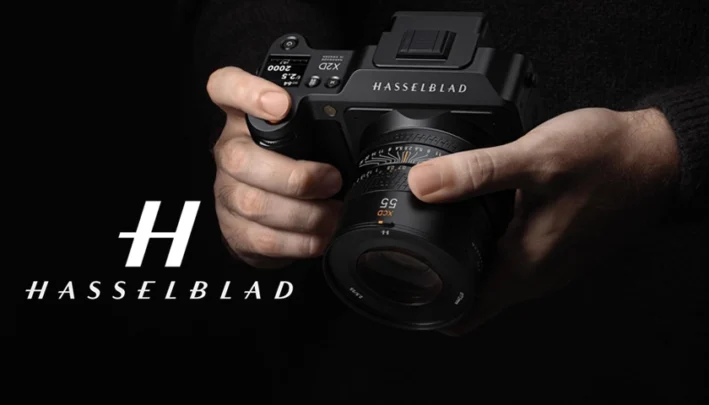
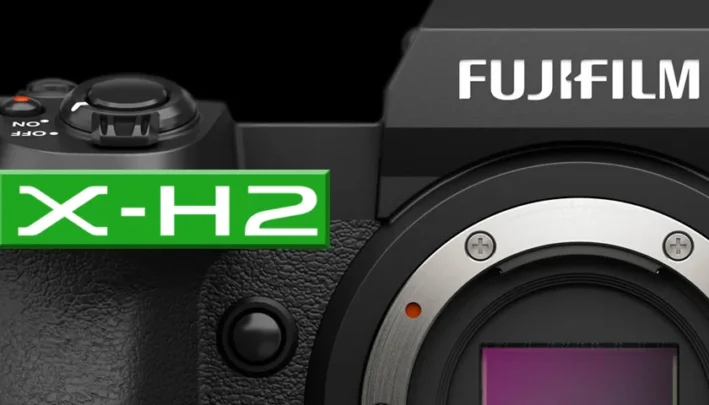
[…] viewfinders), you simply can’t beat the price:performance ratio of bodies like the Canon EOS 250D or the Nikon […]
[…] you’re using a Canon DSLR or EOS R system camera, here are the best lenses to help you capture big landscapes in all their […]